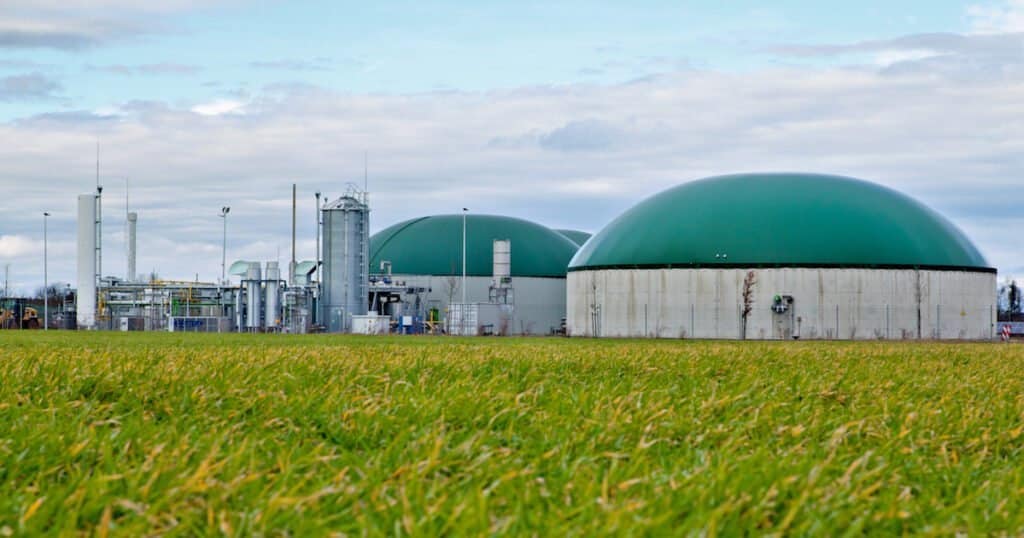The developers of the BioUltra want to replace urban trams and trains with their greener design, which runs on biomethane.
The research is also evaluating which small strategic sections can be used as a testing ground for this type of biomethane tram. One of the greatest opportunities is to connect small urban centers with this system.
A fuel from waste

Biomethane is a derivative of various waste products. These include agricultural crop residues, sewage sludge, animal manure and food waste. All are broken down by bacteria to produce the gas.
Its supporters argue that the carbon released into the atmosphere by burning biomethane would still have been emitted by the natural decomposition of its components, while burning natural gas or other fossil fuels adds carbon to the system.
Ultra Light Rail Partners, the company behind the train, has received a £60.000 grant from the UK Government's Sustainable Innovation Fund.
The next steps of the biomethane tram
Now the company is planning to develop a rail car capable of carrying 120 passengers, with a focus on Covid-19 safety.
Ultraviolet lights and heavily filtered airflow will be included, according to a statement from the Chamber of Commerce.
Tangible prospects from biomethane
Beverly Nielsen, president of Ultra Light Rail Partners, says: “This is truly a leap of faith in our business. It has long been focused on providing lightweight, affordable rail cars as a comfortable, modern, reliable and safe alternative to car travel.
We want to be able to offer this biomethane tram option to the UK's largest and smallest cities so they can realistically take polluting vehicles out of their towns and city centers improving quality of life for everyone.”
Recent monitoring by Sustainability West Midlands found that reducing levels of just one pollutant, PM2,5, by 50% would prevent up to 952 deaths a year in the English West Midlands alone.
And with us?
The Italian initiative to finance biomethane also produces results in Italy, also thanks to the biomethane decree bis of 2018. Several plants already started and good prospects. The incentive system has an indicative budget of 4,7 billion euros and applies to all new plants for the production of biomethane and biofuels obtained from waste, agricultural residues and algae. We have another two years to do the best we can, the current funds go to biomethane plants that come into operation by 31 December 2022.


